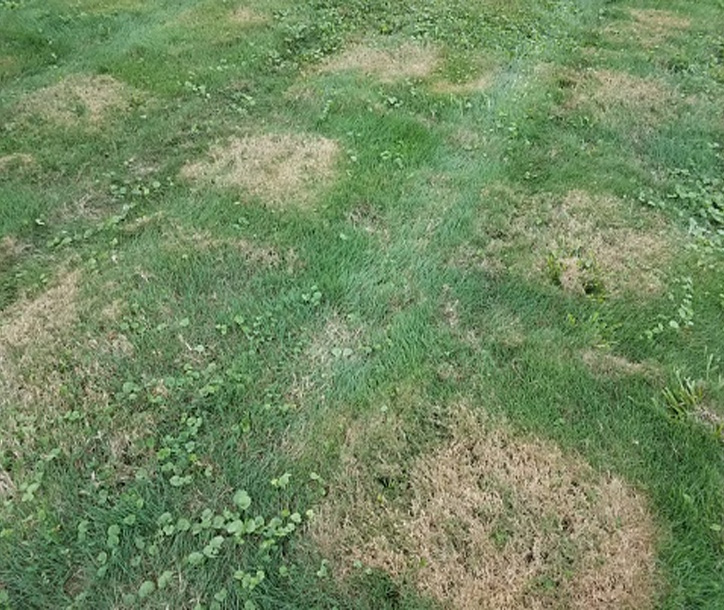
How Can I Tell If My Lawn Has Red Thread Disease?
Temperatures are finally rising this spring, and that makes everyone happy. However, as it becomes warmer, the conditions that favor the development of red thread disease have also arrived.
Red Thread Is a Lawn Disease
We’ve had customers tell us the “red thread” sounds a bit sinister. It’s actually a fungal disease that appears as pink circular patches in lawns. As the disease develops, these patches produce strands that resemble thread. Red thread has become more prevalent in well-nourished lawns and golf courses in recent years.
Why Does My Lawn Have Red Thread?
It’s a hardy disease that can live and then develop throughout a wide range of temperatures. Although the disease is most prevalent in the low-to-mid 60 degree range, it can still grow and flourish at any temperature between 40 and 80 degrees – and in the Pittsburgh area, that’s quite a few months out of the year. Red thread is most severe during extended periods of cool, wet, and overcast weather.
If your lawn doesn’t have the right mix of nutrients, it can become susceptible to disease. Often, lawns that have a nitrogen deficiency will have red thread. (Nitrogen is a must because it keeps grass healthy in several ways.) A lawn care plan that includes a blend of fertilizers will solve that issue. Another possible problem is that y our lawn doesn’t have enough drainage, keeping your yard moist for far longer than it should be. Aerating the lawn in the fall will help.
our lawn doesn’t have enough drainage, keeping your yard moist for far longer than it should be. Aerating the lawn in the fall will help.
How Can You Control Red Thread?
Fungicides are available that will control the disease, but they’re usually not needed, since red thread doesn’t often cause lasting damage to healthy grass. Proper cultural practices will minimize the severity of the disease. They include:
- Using proper fertilization practices to meet the nutritional need of the turf and promote vigorous growth.
- Ensuring that you water your lawn during early morning hours to
- prevent prolonged periods of leaf moisture throughout the night.
- Mowing when the grass is dry to minimize the spread of fungal spores. Although it is not generally advised to remove clippings, they should be bagged and removed while the disease is active to prevent spread of red thread.
Superior Lawn Care Keeps Your Yard Healthy and Free of Disease
If you see patches of grass in your yard and are concerned that you have red thread, give us a call right away. We have a five-application lawn program that keeps the grass well-fertilized, controls disease and insects, and increases your curb appeal. We cover southwestern Pennsylvania, including North Huntingdon, Murrysville, Moon Township, Wexford, Penn Township, Cranberry, Indiana, and Upper St. Clair.

